Data Classification: Overview, Types, and Examples
Pickl AI
JUNE 13, 2024
Summary: Feeling overwhelmed by your data? Data classification is the key to organization and security. This blog explores what data classification is, its benefits, and different approaches to categorize your information. Discover how to protect sensitive data, ensure compliance, and streamline data management.



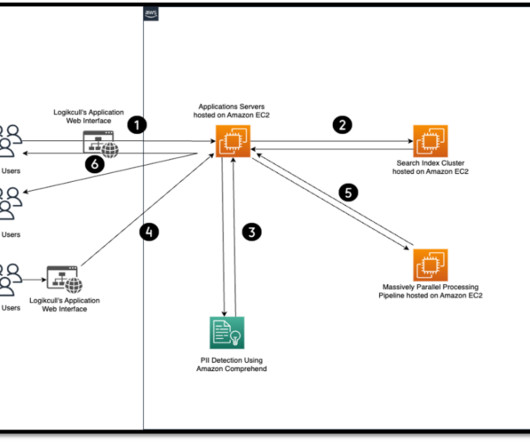

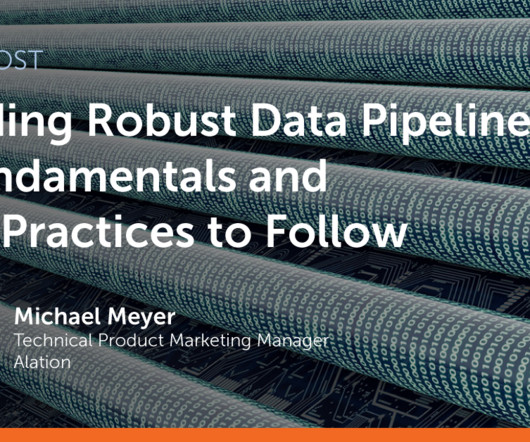
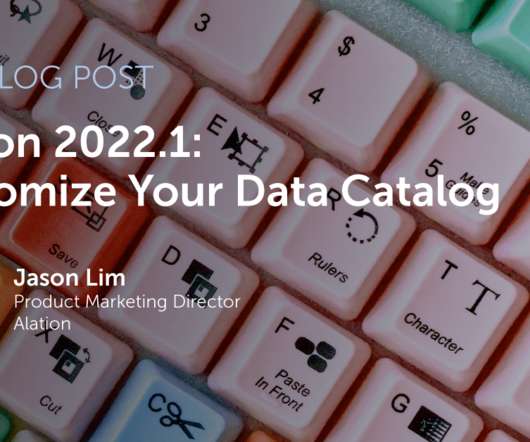



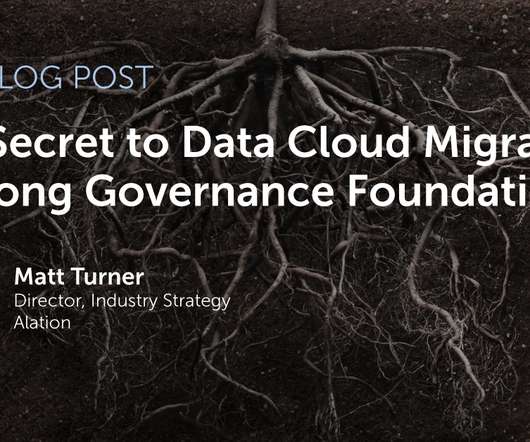
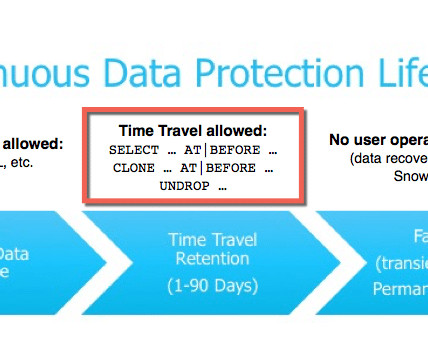
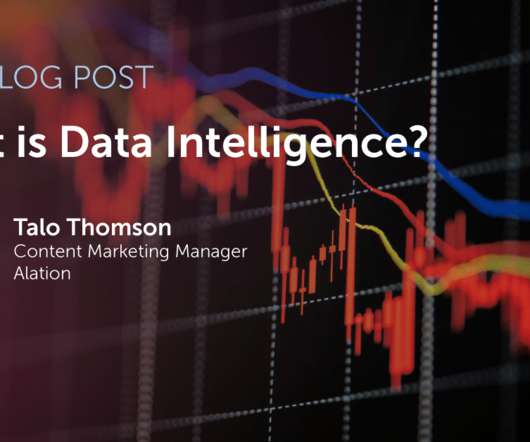
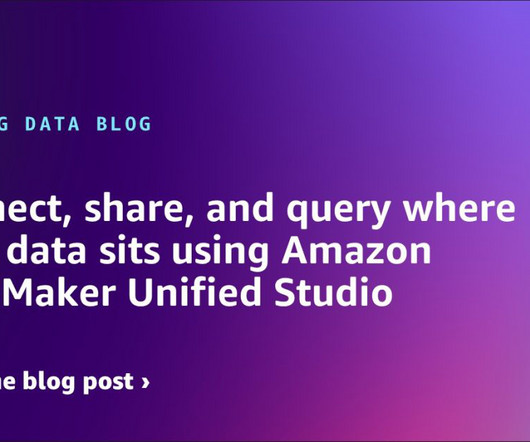






Let's personalize your content